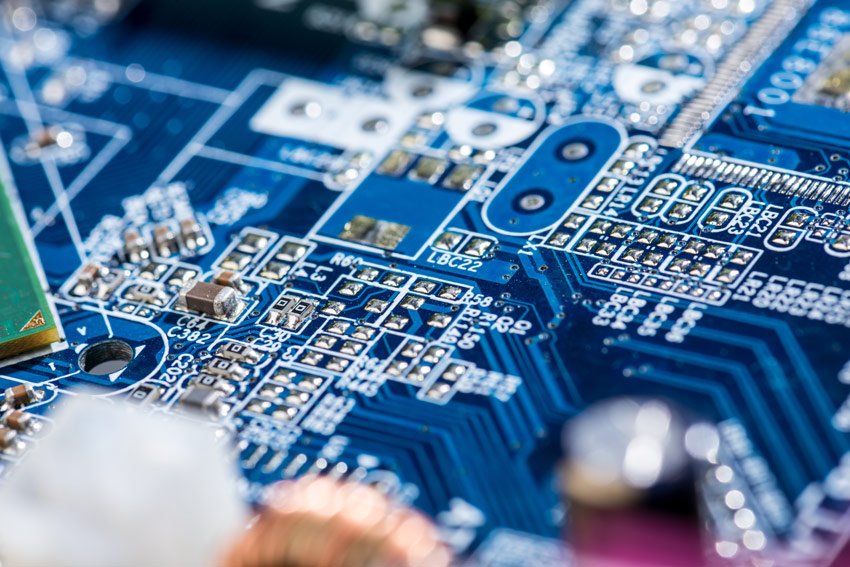The motherboard is the central nervous system of your computer. Every component from your CPU to your graphics card relies on it to function properly. When your device starts misbehaving, freezing, or refusing to power up, the issue might lie deeper than just software glitches or outdated drivers. It might be time to evaluate the health of your motherboard.
Understanding when to consider computer motherboard repair over replacement can save you time, money, and unnecessary stress especially if you depend on your device daily.
Motherboard Trouble: Warning Signs You Shouldn’t Ignore
Before deciding whether to repair or replace, you first need to know what signals motherboard failure. Here are some telltale signs:
- Computer won’t turn on, even with a charged battery or working power supply
- Frequent blue screens of death (BSODs)
- Random shutdowns or restarts
- Burnt smells or visible damage on the board
- Connected hardware isn’t detected like RAM, hard drives, or USBs
If you’re experiencing these issues, and routine computer repair doesn’t resolve them, your motherboard might be the culprit.
Repair or Replace? What Influences the Decision
Motherboards are notoriously complex and delicate. So when they malfunction, deciding whether to repair or replace them depends on several factors:
Age of the Computer
If your system is relatively new (less than 3 years old) and still meets your performance needs, computer repair on main street could be a practical solution. However, if the device is outdated and slow, replacing the entire system might be more cost-effective in the long run.
Availability of Spare Parts
For older or custom-built systems, sourcing the right parts can be difficult or costly. But if your model is popular or you have access to compatible spares, repairs become more viable.
Type and Severity of the Damage
Minor issues like damaged capacitors, power supply connectors, or broken ports can often be fixed easily and affordably. On the other hand, if the central chipset or integrated circuits are fried, repair may not be worth the effort.
Cost Comparison
Ask your technician for a quote on both repair and replacement. If the cost of repairing the motherboard is more than 50–60% of replacing it (and you’re not emotionally attached to the device), replacement may be the better choice.
Benefits of Repairing Over Replacing
There’s a strong case to be made for repairing your motherboard instead of replacing the whole computer:
- Cost Savings: Repairs are generally cheaper than buying a new system especially if your other components are in good condition.
- Data Preservation: Keeping your original motherboard often means keeping your data intact without needing to transfer or reinstall everything.
- Sustainability: Repairing reduces e-waste, making it a greener option for tech users concerned about their environmental footprint.
- Minimal Disruption: Avoid the hassle of reconfiguring new hardware, reinstalling software, and personalizing a new setup.
When Replacement Is the Smarter Move
Despite the benefits of repair, there are situations where replacement is unavoidable:
- Multiple components are damaged due to a power surge or water damage.
- The motherboard model is discontinued and parts are unavailable or overpriced.
- You want a performance upgrade, like moving from an older Intel or AMD socket to the latest generation.
- You’re using outdated software or OS versions that no longer receive updates or support.
In these cases, investing in a new system may be a more forward-thinking option.
Finding Expert Help Near You
Motherboard issues are delicate and require specialised tools and skills. Don’t trust just anyone with such a critical repair. Seek out technicians with motherboard-level diagnostic and soldering experience.
If you’re located near Main St. Waterbury, CT, several local repair shops offer in-depth diagnostics and chip-level motherboard repairs. Many of them provide free consultations and transparent pricing so you can make an informed choice.
A Note on DIY Repairs
While YouTube is full of DIY motherboard repair tutorials, these repairs often involve micro-soldering and require antistatic precautions. If you don’t have experience working with sensitive electronics, a DIY approach could worsen the issue.
Motherboards are high-stakes components, one wrong move and you could damage your CPU, RAM, or storage too. Unless you’re confident and have the right tools, it’s best to leave it to professionals.
What to Ask Your Technician
Before committing to a repair or replacement, ask your repair provider:
- What exactly is wrong with the motherboard?
- Can you guarantee that other components are unaffected?
- How long will the repair take?
- Will it come with a warranty?
- What’s the total cost, including parts and labour?
Having clear answers to these questions helps you weigh the risks and rewards more effectively.
Final Thoughts: Repair Makes Sense When It’s Done Right
In many cases, repairing your motherboard makes sense especially when the rest of your system is functioning well. With the right technician and clear diagnostics, you can restore your device to full function without overspending.
But if the repair cost outweighs the value of your device or if the damage is beyond reasonable repair it’s better to invest in a replacement. Either way, acting quickly and seeking expert advice will protect your data, time, and money.















Leave a Reply